Are you struggling with your service dog training journey? You’re not alone. Whether you’re looking for service dog training near me options or attempting to train your own service dog at home, avoiding common pitfalls can save you significant time, money, and frustration.
As the demand for service dogs continues to grow across the United States, many handlers find themselves making critical errors that can derail their training efforts and potentially cost thousands of dollars to correct. In this comprehensive guide, we’ll explore the five most expensive service dog training mistakes and provide expert solutions to help you navigate your training journey successfully.
Understanding Service Dog Training Fundamentals

Before diving into common mistakes, it’s essential to understand what service dog training entails. Service dog training transforms an ordinary canine into a highly skilled assistant capable of mitigating disabilities through specific tasks. Unlike emotional support dogs, service dogs receive extensive training to perform disability-related tasks and must demonstrate appropriate public behavior.
The service dog training cost can range from $10,000 to $60,000 when working with professional organizations, while train your own service dog approaches may cost between $2,000 and $6,000. Regardless of which route you choose, avoiding these five critical mistakes will help ensure your investment pays off.
Mistake #1: Rushing Public Access Training
One of the most costly service dog training mistakes is introducing your dog to public settings too quickly. Public access training represents a crucial component of service dog training requirements, yet many handlers rush this critical phase.
Why This Is Problematic
When you accelerate service dog public access training without building a solid foundation, you risk:
- Creating permanent fear or reactivity issues
- Developing bad habits that require extensive retraining
- Potentially failing public access tests
- Damaging public perception of service dogs
“Public access work should only begin after your dog demonstrates rock-solid obedience in controlled environments,” explains Jane Morgan, a certified service dog trainer with over 15 years of experience. “Many of my clients come to me after spending thousands on remedial training because they skipped essential preparatory steps.”
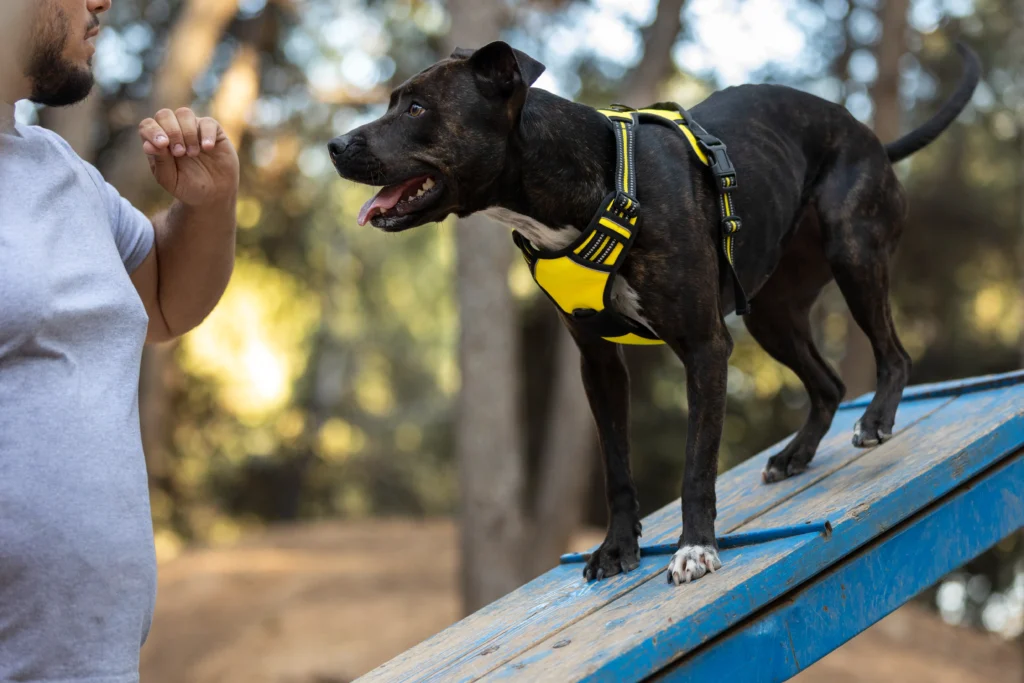
The Better Approach
Instead of rushing, follow this service dog training checklist for public access:
- Master basic service dog obedience training in quiet home environments
- Gradually introduce mild distractions in controlled settings
- Practice in pet-friendly stores before attempting service dog-only venues
- Use a proper service dog in training vest to signal your dog’s status
- Keep initial public sessions brief (5-15 minutes) and positive
- Systematically increase duration and difficulty as your dog succeeds
Remember that proper public access training typically takes 6-12 months of consistent work. Rushing this process often results in expensive retraining or, worse, having to start over with a new dog.
Mistake #2: DIY Training Without Professional Guidance
The desire to save money through service dog training at home is understandable, but attempting to handle all aspects of training without any professional input often backfires financially.
The Hidden Costs
Many handlers discover that complete DIY approaches to service dog training lead to:
- Developing training methods that reinforce incorrect behaviors
- Missing critical developmental windows for skill acquisition
- Creating inadvertent behavioral problems that require costly remediation
- Extending the overall training timeline significantly
According to a 2023 survey of service dog handlers, those who combined self-training with professional consultation completed training in half the time compared to strictly DIY approaches.
The Balanced Solution
You don’t need to choose between exclusively DIY training and expensive full-service programs. Consider these balanced approaches:
- Enroll in a service dog training course that provides structured guidance
- Schedule periodic sessions with a certified service dog trainer to assess progress
- Join reputable service dog training programs that offer mentoring options
- Participate in group classes specifically designed for service dogs in training
- Follow established best service dog training methods from reputable sources
“Getting professional eyes on your training process, even just monthly, can prevent costly training detours,” notes Dr. Robert Chen, veterinary behaviorist and service dog specialist. “Think of it as maintenance rather than repair—it’s always cheaper to prevent problems than fix them.”
If you’re searching for “service dog training near me,” look for trainers who offer consultation packages rather than just full-service training. Many offer virtual options that can significantly reduce costs while providing essential guidance.
Mistake #3: Neglecting Task-Specific Training Fundamentals

Service dogs are distinguished from other well-behaved dogs by their ability to perform specific tasks that mitigate their handler’s disability. Whether you’re pursuing psychiatric service dog training, mobility service dog training, or other specializations, failing to properly develop these task-specific skills can be an expensive mistake.
Common Task Training Errors
Many handlers make these costly errors:
- Training tasks without breaking them down into manageable components
- Working on advanced skills before foundational behaviors are solid
- Failing to properly generalize tasks across different environments
- Not maintaining and proofing established tasks regularly
- Confusing emotional support with psychiatric service tasks
“I see clients who spent months attempting to train complex medical alert tasks without building the fundamental attention behaviors first,” says Maria Swanson, who specializes in psychiatric service dog training. “When they come to me, we often have to start over, costing them significant time and money.”
Effective Task Training Approaches
To avoid these expensive setbacks:
- Research specific training protocols for your needed tasks
- Break complex behaviors into small, achievable steps
- Master each component before combining them
- Use proper task-chaining techniques
- Practice tasks in progressively more challenging environments
- Maintain regular practice of mastered tasks to prevent degradation
Whether for psychiatric service dog training or mobility service dog training, following established task progression can save thousands in retraining costs.
For those interested in advanced service dog training techniques, consider following the protocols developed by Assistance Dogs International members, widely recognized as setting the gold standard in the industry.
Mistake #4: Selecting an Inappropriate Dog for Service Work
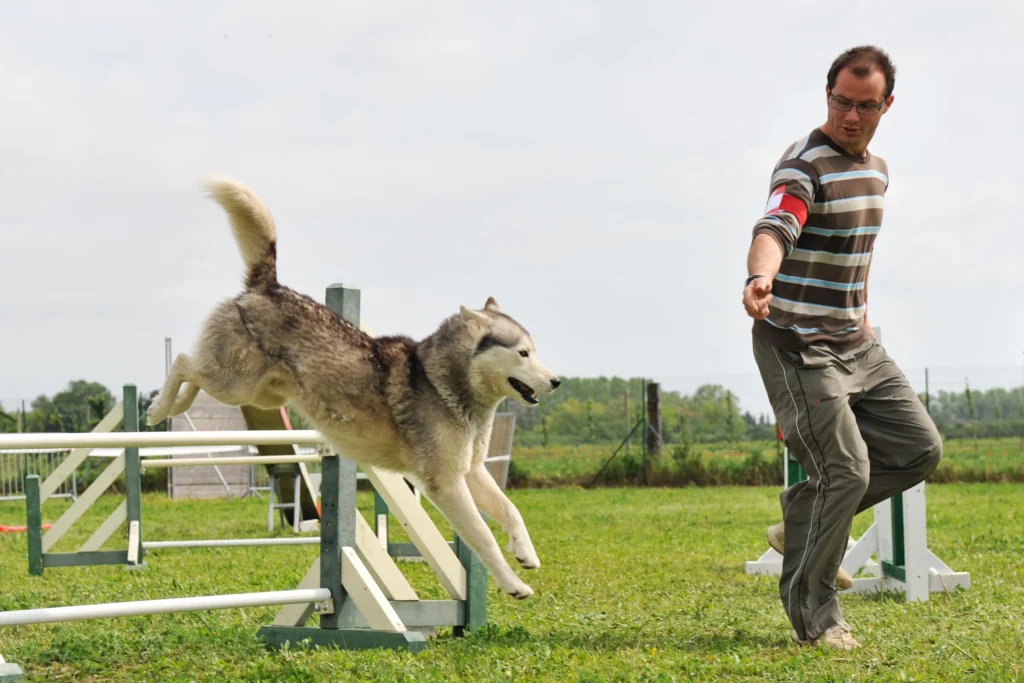
Perhaps the most financially devastating mistake is choosing the wrong dog for service work. Not every dog—even within breeds known for service work—has the temperament, health, or aptitude for this demanding career.
The Financial Impact
Selecting an unsuitable dog can cost you:
- The full service dog training cost with nothing to show for it
- Emotional investment in a dog that cannot fulfill the intended role
- Time spent training that could have been directed to a suitable candidate
- Additional costs of starting over with a new dog
“Nearly 60% of owner-trained service dogs wash out, often due to selection issues,” explains veterinary behaviorist Dr. Samantha Wright. “That’s thousands of dollars and hundreds of hours invested with no return.”
Making Better Selection Decisions
To avoid this expensive mistake:
- Work with a certified service dog trainer to evaluate potential candidates
- Consider adult dogs whose temperaments are already evident rather than puppies
- Look beyond breed to assess individual temperament and drive
- Conduct thorough health screenings before beginning training
- Test for specific aptitudes related to your needed tasks
- Be willing to make the difficult decision to wash out an unsuitable dog early
Some service dog training programs offer temperament testing services even if you plan to train independently. This small investment can prevent the much larger cost of training an unsuitable dog.
Mistake #5: Inconsistent Training Practices
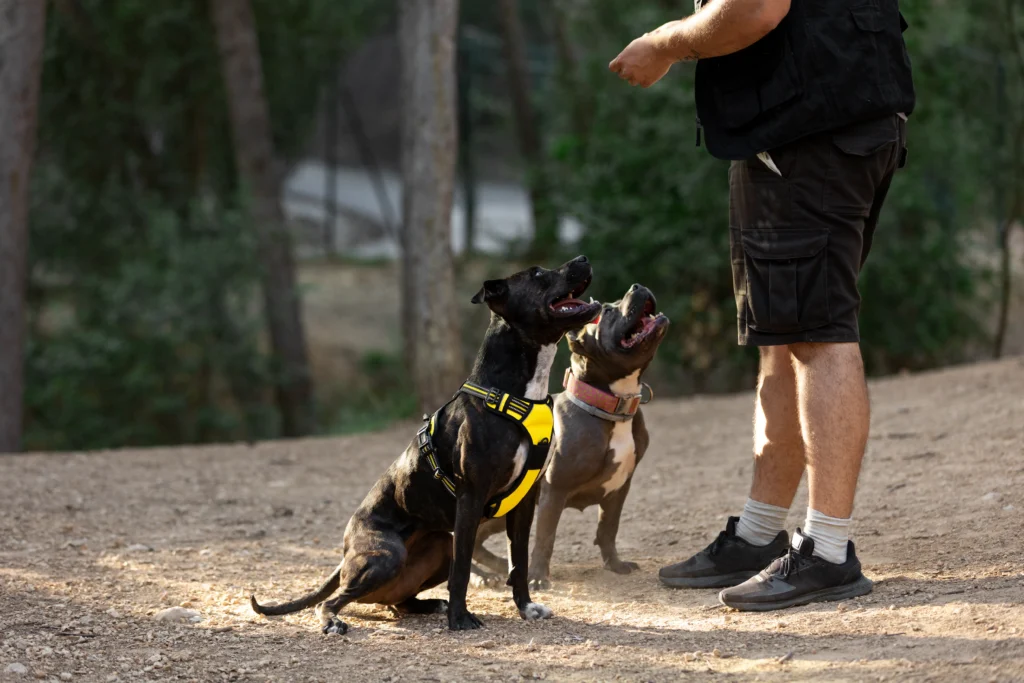
Consistency forms the cornerstone of effective service dog training. Inconsistent handling, training methods, or expectations creates confusion for your dog and can unravel months of progress.
The Price of Inconsistency
Handlers who apply inconsistent service dog training methods often experience:
- Regression in previously mastered skills
- Extended training timelines
- Confusion and stress in their dogs
- The need for expensive remedial training
- Failure in public access or task reliability when it matters most
“Inconsistency is the silent killer of good training,” notes Jason Miller, who runs service dog training programs in Chicago. “I’ve seen clients who’ve spent three times the normal training period simply because they weren’t consistent in their approach.”
Creating Consistency in Your Training
To establish the consistency essential for success:
- Create and follow a written service dog training checklist
- Ensure all household members use identical cues and standards
- Establish regular training schedules rather than sporadic sessions
- Keep training journals to track progress and identify patterns
- Maintain consistent expectations across all environments
- Use video recordings to evaluate your own handling consistency
Following these best service dog training methods ensures you won’t be paying to repeatedly teach the same lessons.
Finding Professional Service Dog Training Support
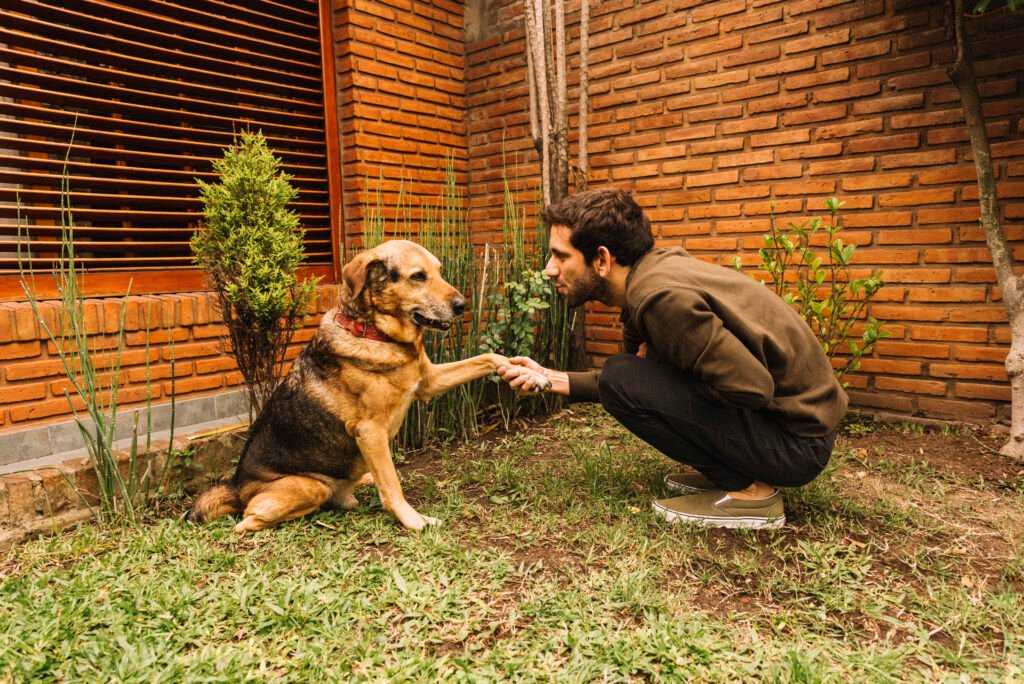
If you’re concerned about making these costly mistakes, working with a certified service dog trainer can provide invaluable guidance. When searching for “service dog training near me,” look for professionals who:
- Hold certifications from respected organizations
- Have specific experience with your disability category
- Offer flexible support options within your budget
- Can provide references from successful clients
- Understand both ADA service dog training requirements and effective training methodologies
“Not all service dog trainers have the same specializations,” cautions disability advocate Michael Torres. “Someone excellent at mobility service dog training might not have the same expertise in psychiatric service work.”
Many handlers find success with hybrid approaches that combine professional guidance with self-training components. These arrangements often provide the best balance between cost control and training quality.
Legal Considerations in Service Dog Training
Understanding the legal framework surrounding service dogs can prevent costly misunderstandings and potential legal issues.
ADA Requirements
The Americans with Disabilities Act (ADA) establishes that service dogs must be:
- Trained to perform specific tasks related to the handler’s disability
- Under handler control at all times
- Housebroken
- Not disruptive in public settings
Contrary to popular belief, there is no legally recognized service dog certification online or official registration requirement under federal law. The ADA focuses on training and behavior rather than credentials.
“Many clients come to me after spending hundreds on unnecessary ‘certification’ services,” says attorney and service dog advocate Lisa Johnson. “That money would be better invested in actual training.”
Training Documentation
While certification isn’t legally required, maintaining thorough training records can prove valuable if your dog’s status is questioned. Consider documenting:
- Tasks your dog has mastered and their relationship to your disability
- Training milestones and progress
- Public access preparation and successes
- Professional assessments of your dog’s capabilities
- Ongoing training maintenance activities
This documentation creates a paper trail that demonstrates your commitment to proper service dog training requirements.
Service Dog Training Resources
For those committed to getting service dog training right the first time, these resources can provide valuable guidance:
- Assistance Dogs International – Sets standards for service dog training worldwide
- International Association of Assistance Dog Partners – Offers training guidance for owner-trainers
- ADA National Network – Provides information on legal rights and responsibilities
- Pet Memes Service Dog Guide – Our comprehensive guide to service dog regulations and training approaches
Several excellent books can also support your training journey:
- “Service Dog Training Guide” by Jennifer Hack
- “Training Your Own Service Dog” by Lelah Sullivan
- “Teamwork: Service Dogs and Their Partners” by Dr. Michael Davies
Conclusion: Investing Wisely in Service Dog Training
Avoiding these five costly service dog training mistakes can save you thousands of dollars and countless hours of frustration. Whether you’re pursuing psychiatric service dog training, mobility service dog training, or other specializations, strategic investment in proper training fundamentals will yield better results than cutting corners initially and paying for remediation later.
Remember that successful service dog training combines patience, consistency, appropriate expectations, and usually some form of professional guidance. By approaching this journey methodically and avoiding these common pitfalls, you’ll maximize your chances of developing a successful working partnership with your service dog.
If you’re currently struggling with your service dog training journey, consider consulting with a certified service dog trainer who can help assess your specific situation and develop a plan to move forward effectively. The additional investment in proper guidance typically saves money in the long run by preventing expensive mistakes and training detours.
For more information about service dogs and pet care, explore our other helpful resources at Pet Memes:
- Understanding Emotional Support Dog Training
- Service Dog vs. Therapy Dog: Key Differences
- Choosing the Right Service Dog Breeds
- Legal Rights for Service Dog Handlers
What service dog training challenges are you currently facing? Share your experiences in the comments below!


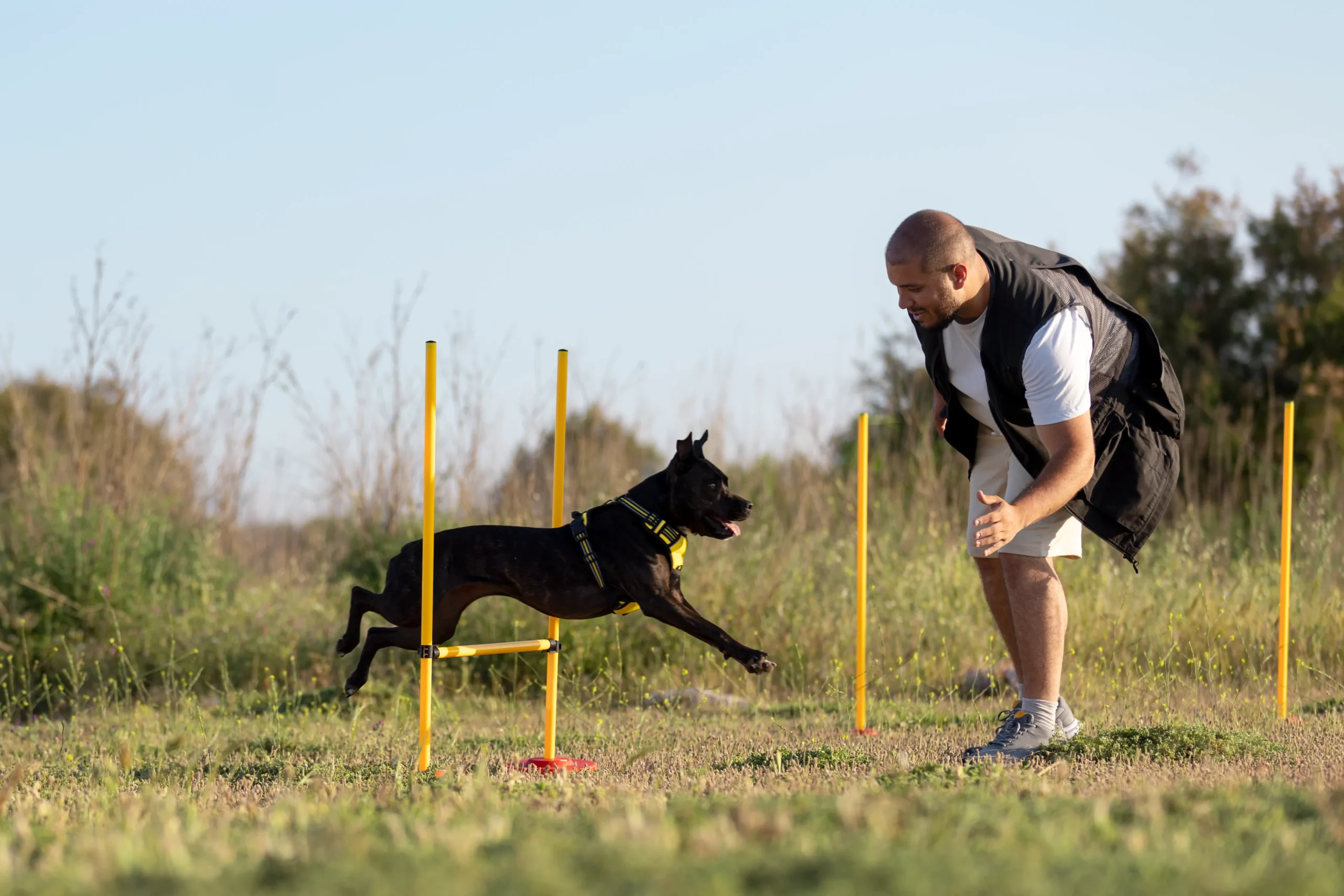


Leave a Comment